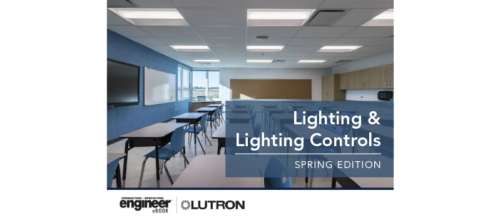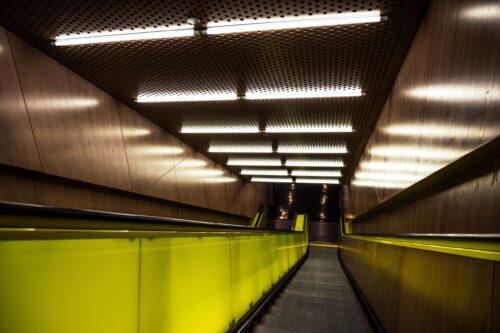Lighting Terms for 2001
Compact-fluorescent lamps: Triple-tube compact-fluorescent lamps (CFLs) are ideal for downlighting applications, especially when the appearance of an incandescent downlight is desired. When used in a vertical base-up design, the luminaire provides better cutoff and produces less glare than the traditional horizontal-mounted twin-tube CFL luminaire.
Compact-fluorescent lamps: Triple-tube compact-fluorescent lamps (CFLs) are ideal for downlighting applications, especially when the appearance of an incandescent downlight is desired. When used in a vertical base-up design, the luminaire provides better cutoff and produces less glare than the traditional horizontal-mounted twin-tube CFL luminaire. Also, with a vertical mount, the aperture of the luminaire can be kept small to mimic the size of incandescent downlights.
Dichroic filters : A thin-film technology applied to a substrate of glass that allows only a very narrowly defined, single bandwidth of light to pass, such as that of a single color. Instead of absorbing all of the other colors, dichroic filters reflect them back into the fixture.
Green Lights : A voluntary program established by the U.S. Environmental Protection Agency (EPA) to minimize pollution associated with the generation of energy required to operate new and existing lighting systems and devices.
Toxic Characteristic Leaching Procedure (TCLP): An EPA test that measures hazardous substances that might dissolve into the ecosystem. TCLP-compliant lamps are considered nonhazardous under federal rules, and feature the lowest possible mercury content.
Universal Waste Rule (UWR): An EPA regulation governing the handling and disposal of certain widespread hazardous waste streams. Beginning January 6, 2000, the EPA officially added non-TCLP compliant lamps to the UWR.
Do you have experience and expertise with the topics mentioned in this content? You should consider contributing to our CFE Media editorial team and getting the recognition you and your company deserve. Click here to start this process.




